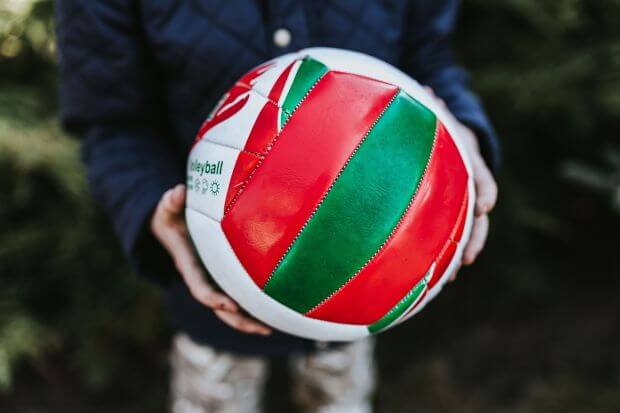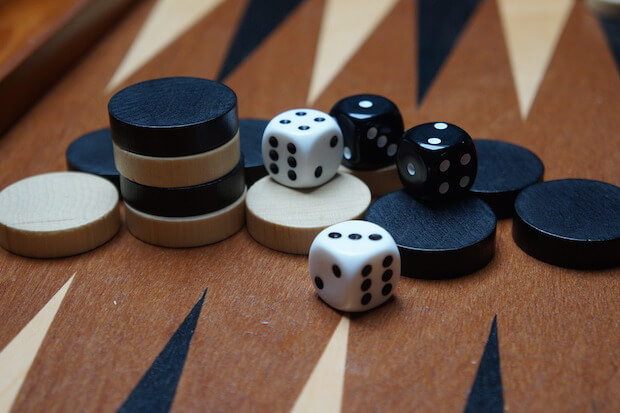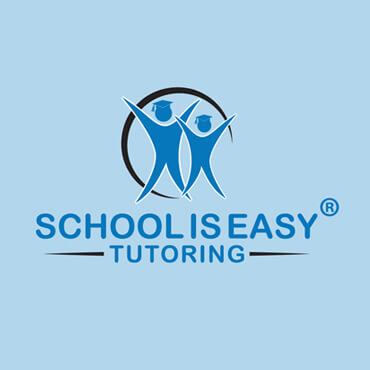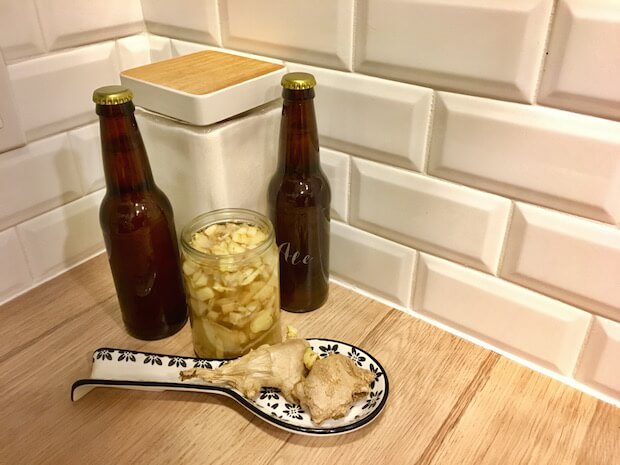
Last week we talked about the pros and cons of competition in schools. If you do decide to implement competitive activities in your classroom, try to pick competitions that include everyone, and keep all of your students engaged. These types of activities can be labelled as ‘healthy competitions.’ Here are 6 examples of healthy school competition ideas you can try out in your classroom:
1. Have students compete in teams
When defining “healthy competition,” we need to highlight the importance of encouraging teamwork. Obviously, team-based school competition is very valuable because it engages kids through an exciting learning environment, while encouraging cooperation. Working toward a common goal as a team could help decrease self-consciousness and anxiety, which is often found in competition settings (and one of the ‘cons’ noted in our aforementioned article about competitions in schools).
An example of team-based competition could be dividing your class in half for a game of Social Studies trivia, or into groups of four to create the catchiest rhyme for a Science unit summary.
2. Give all the students a chance to win
When designing a healthy school competition, it is a good idea to make sure everyone has a significant chance of actually winning the game.
For example, you don’t want a kid getting kicked out of a game if they get the very first question wrong, or miss a shot at the beginning of a hockey game. By including everyone throughout the competition, they are more likely to stay engaged (and excited to participate).
3. Introduce rewards, based on effort
Not every competition has to be standardized across the board. Try having kids enter a competition that is personalized for their individual strengths, as suggested by Edquarter.
This could include students picking their favourite subject, or a specific goal they want to work on. Their progress in the competition can be measured according to the amount of effort they have put into their work. You can be creative and tailor this general idea to the needs of your class, as long as the main idea is to encourage kids to try their best.
4. Have students focus on personal academic goals
If you do want to have students participate in an academic competition, Classroom suggests you should “encourage students to beat their own previous individual scores.” This is a great idea, because instead of stressing over competing against another student for the better grade, students will be competing against no one other than themselves. This way, they can only get better and better!
5. Test out competition based on chance, rather than ability
Math games are a great way to implement this healthy competition idea. For example, grade 3 students learning multiplication can pair up with two dice each. Each round, the two students roll their dice at the same time. Each student multiplies the numbers on their dice together, and whoever has the higher product gets a point. This way, they are still practicing multiplication in a fun game setting without the competition being focused on each student’s speed or math ability. Instead, it is left up to chance. This is a great activity if you have a class of students with a variety of math skills, or if you are a parent looking to play a math game with your child.
Feel free to modify any of these healthy school competition ideas to suit the needs of your classroom or tutoring group. And if you haven’t already checked it out, here’s our last article on the pros and cons of competition in schools.
See related posts on our blog:
How to teach conflict resolution to kids
Should children join a spelling bee contest in Canada? (Part 1: the pros)
Should children join a spelling bee contest in Canada? (Part 2: the cons)





